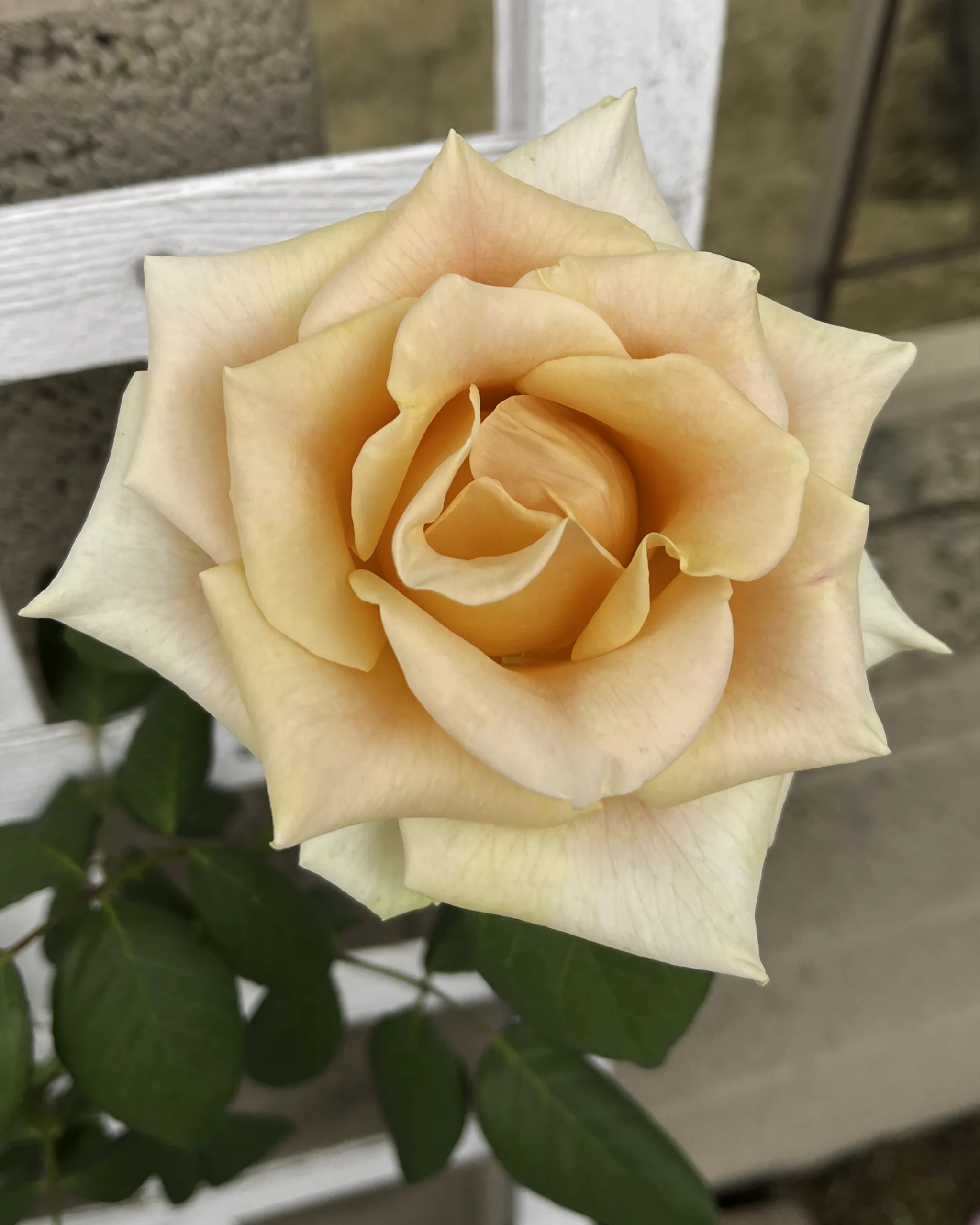Phoenix’s summer months are here, and we’re in for a sizzling ride. June was a record setter, and that was just the prelude to July and August, which are the true scorchers. We can expect daily high temperatures around 106 degrees – and it’s unlikely we will dip below 100 degrees. July 5th is historically the hottest day of the year and we reached 109 degrees (two above the average) on that date. And, It’s been even warmer every day since then. Arizona is known for its hot summers, but this year’s July and August may just take the cake as the hottest yet.
Water is Key
As temperatures rise, it’s important to ensure that your plants are getting the moisture they need. Adequate watering is crucial to mitigate the stress that high temperatures can cause on your rose plants.
For in-ground roses, it’s recommended to water them at least 3 to 4 times per week. This will help them stay hydrated and healthy during the hot summer months. Remember, a well-hydrated rose plant is more likely to produce beautiful blooms and thrive throughout the season.
If you’re planning to grow roses in containers, it’s important to understand that they have separate watering needs. Established roses in large containers will need daily watering, while newly planted roses in smaller containers may require watering twice a day. Neglecting to water your container-grown roses can quickly lead to dry soil and stressed plants, especially during hot weather.
Are you planning on taking a long trip away from home? If so, it’s important to take care of your garden while you’re gone. Installing drip tubing, emitters, and a timer can help ensure that your plants receive the water they need even when you’re not there to tend to them.
By providing adequate water to your rose plants, you can help them thrive despite the challenging conditions. So don’t forget – make sure your roses are getting enough water this summer!
Mulch Helps Conserve Water
Summer is a challenging time for roses, as the intense heat and dry conditions can take a toll on these delicate plants. However, there is a simple solution to help conserve water and protect your roses during this time – mulching. By adding a layer of organic material around the base of your rose bushes, you can help retain moisture in the soil and prevent evaporation. This not only helps to keep your plants healthy and hydrated, but it also reduces the amount of watering needed. In addition to conserving water, mulching also provides a protective barrier against pests and diseases that can harm your plants. If you haven’t done so yet – don’t wait any longer – start mulching your roses today help keep them thriving all summer long.
Clean Up Beneath Your Roses
It’s important to pay attention to the fallen leaves and petals in your garden. Not only do they make your garden look untidy, but they can also spread diseases to your plants. It is crucial to keep them picked up regularly.
It’s not uncommon to see the leaves of your plants begin to yellow and wither away. While some may suggest removing these leaves for aesthetic purposes, it’s important to consider the potential benefits of leaving them be. By leaving these aging leaves on the plant can actually help protect the stems from further damage. Your plants are probably losing enough leaves because of Arizona’s extreme weather. By leaving them in place, you can help ensure that your plants stay healthy and strong throughout the summer months.
Overall, maintaining a clean and tidy garden not only enhances its visual appeal but also promotes healthier plants. So be sure to keep an eye on those fallen leaves and petals!
Summer Deadheading
During July (really, all summer) avoid cutting long stems when you cut your blooms. Summer deadheading is about preserving as much foliage as possible. Consider debudding the roses to keep the number of blooms to a smaller number.
By the end of spring the interior of our roses has become crowded with new stems and foliage. It’s important to assess how you can best increase air circulation to prevent disease and promote growth.
One effective way to achieve this is by removing some of the inward growth. However, you must consider which stems you want to nurture for year-end growth and remove the rest accordingly. This careful pruning will not only improve air circulation but also encourage healthy development in your plant.
It’s always good to cut away any dead canes, cutting back to live wood where a branch occurs or back to the graft union. This not only helps improve the appearance of the plant but also promotes new growth and prevents disease from spreading.
In addition, removing any suckers is equally important as they take away nutrients from the main plant and inhibit its growth. By cutting away these unwanted growths, you allow your plant to focus on producing healthy foliage and flowers.
All things in moderation. Don’t be overzealous and whack-out too much of the plant. Just the obvious stuff. Each cut stimulates the plants growth, which further stresses the plant. Our roses have enough to worry about during the summer.
Summertime Fertilizer Rules
Apply fertilizers at a weaker strength in hot months. A handful of dry fertilizer each summer month is enough to help keep the plants going. Roses grown in pots will need the fertilizer because we wash it out with all the watering we do.
Spider Mites and Thrips
As the weather warms up, spider mites may become a threat to your plants. These tiny pests can wreak havoc on your plants if left unchecked. To identify their presence, be on the lookout for webbing, particularly on the lower leaves of your plants. If you rub under the leaves and feel a gritty texture, that’s a telltale sign that spider mites have made themselves at home.
The best solution is to blast the undersides of the leaves with water. You can check how you’re doing by feeling the underside of the leaves. Another method is to use a miticide to remove the pests. Water because it is not recommended to use the miticide when temperatures are more than 85 degrees … which is all this month – day or night.
Thrips are visiting gardens this time of year. Thrips are those tiny insects that you see deep within the rose petals. They’re about 1/16 inch long and typically prefer the light-colored roses. You most likely will notice brown edging to the petals, which is a sign that thrips are present. Drenching the buds with spinosad will help eliminate them. You will most likely need to do this more than once. Follow the instructions on the label.
When it comes to pest control, it’s important to consider the unintended consequences of our actions. One such consideration is the use of pesticides, which can have a negative impact on beneficial insects. While these products are designed to target and eliminate harmful pests, they can also harm beneficial insects that play a crucial role in maintaining a healthy ecosystem.
This unintended consequence can create an environment that helps the pest population grow as the summer progresses. It’s important for us to take a holistic approach to pest management and consider all factors before making decisions about which products to use. By doing so, we can ensure that we are not inadvertently causing more harm than good in our efforts to control pests.
Take the time to learn the difference between beneficial insects and non-beneficial pests. Know what the larvae and the adults look like to ensure you don’t take out the wrong insect. I like to use the University of California IPM page to help me identify the visitors on my roses (https://ipm.ucanr.edu/PMG/PESTNOTES/pn7466.html ).
After all this I’m still going to remind you – DO NOT plant, or transplant, roses this month. It’s too hot. They might survive, but they are going to struggle more than they should.

